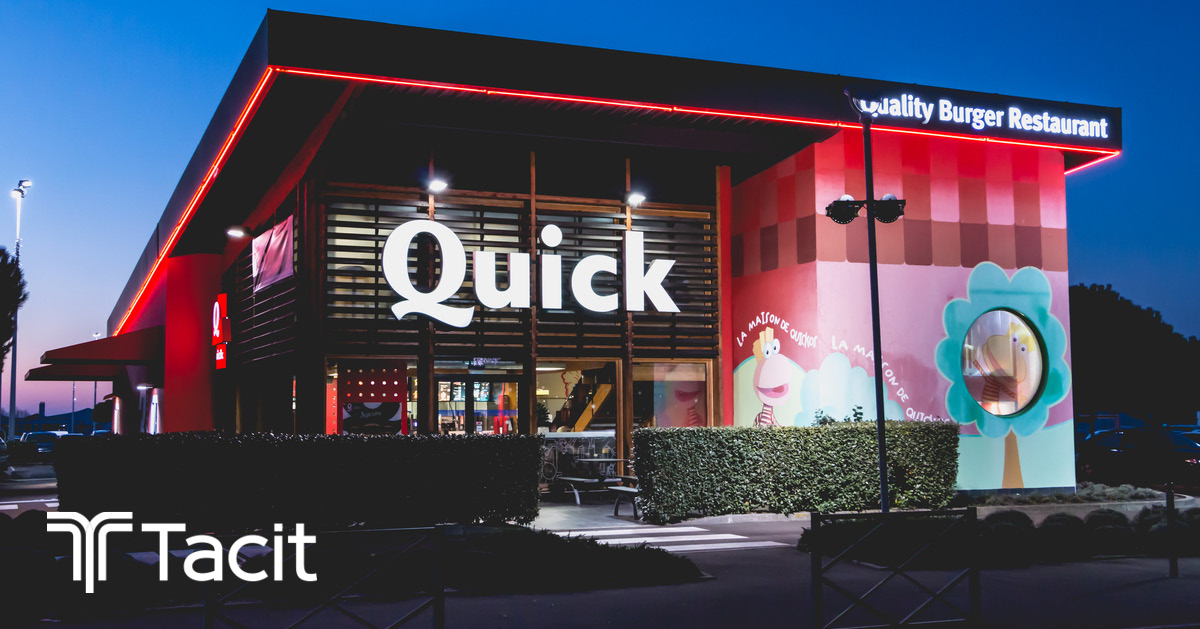
18 Jun Challenges for Quick-Service Restaurants in a Fast-Changing Restaurant Environment
Fast-casual and quick-service restaurants have always faced a degree of uncertainty and shrinking profit margins. As reported by QSR magazine, “tight operations are easier preached than performed these days. Rising labor costs and the rate of turnover, along with the standard challenges of maintaining quality control throughout a multi-unit system, can trouble even the best-intentioned operators. Not to mention how quickly social media spreads incidents and negative news, like a lone food safety scare. Controlling the message just isn’t what it used to be.” Unfortunately, that’s not the entirety of the challenges for quick-service restaurants. To clear the confusion, restaurateurs need to understand the top challenges, including those arising from third-party delivery services, and how they trail back to the need for more technology in the modern, fast-paced restaurant industry.
Customers Want Mobile Ordering Capabilities
Mobile ordering is now an essential component of any quick-service restaurant. In recent months, the ability to offer online ordering was the only way for restaurants to connect with customers beyond a drive-thru. Obviously, call ahead orders work as well, but they result in massive inefficiencies within the restaurant, not to mention the risk of errors when entering customer order details. It’s too grave a risk within the challenges for quick-service restaurants.
Rising Labor Costs Form Another Issue
Higher labor costs include the problems associated with higher employee turnover, employee training, and total hourly costs. In a survey conducted by Zeput, 48% of restaurateurs cited rising labor costs as a core problem within their organizations. Meanwhile, 44% noted the issue with higher employee turnover, and a stark 39% believed poor training led to poor customer experiences. Of course, the minimum labor costs are not static. To date, 30 states have labor laws that prescribe a $7.25 hourly minimum. But that figure is expected to climb as the economy moves past the downfall of 2020. With that in mind, technology could help alleviate some of the top labor-associated costs by letting staff focus on interactions with guests and preparing orders.
Maintaining Competitive Advantage, Read “Offering Delivery,” Through Technology
Technology is also a key driver of competitive advantage in the restaurant industry. It further serves as an antagonist of the top challenges for quick-service restaurants.
For example, restaurants that did not have the resources to offer in-house delivery were quick to jump into the Uber Eats and Grubhub bandwagon. Those platforms were developed with the idea that even small restaurants could start offering delivery without the high upfront costs. Over time, major challenges for quick-service restaurants using tablet-based apps arose. As explained by a Tacit client:
“The tablets became a burden because you’ve got to make sure they’re all turned on. You also must make sure that the app is activated. Sometimes overnight, the iPad or the tablet will reboot or refresh itself, and it won’t restart itself automatically. Even worse, we’ve experienced issues where team members unplug it and steal the power cord to charge their phone or take it home. Now you have an uncharged tablet that’s not adding value, and your customers are placing orders.”
Overcome These Challenges With Integrated Restaurant Technologies
Integrated systems are the only solution to the leading challenges for quick-service restaurants. And, integration allows staff to work more efficiently, reduces risks of underreporting, helps solve the tablet crisis affecting third-party delivery, and much more. Find out how your restaurant can start solving the problems by visiting Tacit online today.

No Comments